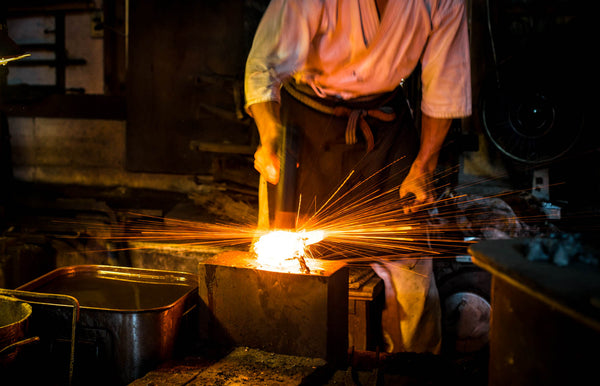Blog RSS
Turned Upside Down
The onset of the Industrial Revolution caused major changes in virtually every craft. Machinery worked on a scale and at a cost that a pre-industrial artisan could not compete with, and the advent of canals and railroads meant that the village artisan had to contend with rivals not just across the next hill, but across the country. But as profound as that change was, something even more traumatic happened; the fundamental axioms were turned upside down. This change disrupted how the buying public valued good work. This shift happened in part because the Industrial Revolution rose alongside the emergence of nation-states that competed against one another for industrial dominance. This trend developed into National Exhibitions to showcase advances in industry...
A Knowledge of Steel
As a starting point in understanding Japanese tools, it’s probably best to examine how they are made. And even before looking at how they are made, it’s good to look at steel, and how steel works. In its simplest form, steel is a combination of iron and carbon. Pure iron consists of atoms of iron that arrange themselves naturally into a cubic structure. This cubic structure is not rigid, however. The cubic structure can move, which is why pure iron is malleable, and can be hammered and shaped into forms that are useful for us. Carbon happens to be just the right size so that if it is able to get into the gaps of the...











